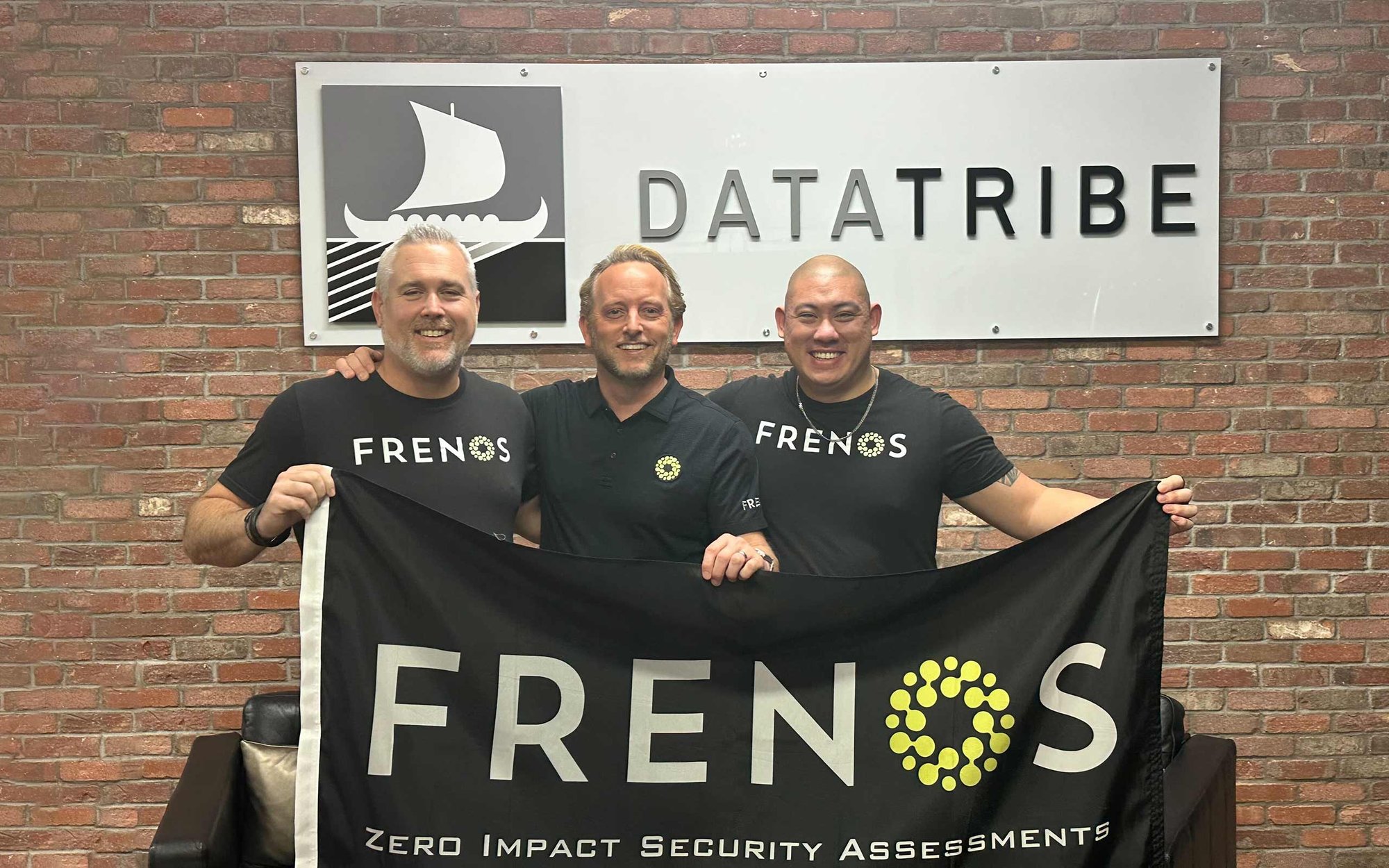Understanding the Need to Weaponize Threat Intelligence
Advanced Persistent Threats (APTs) represent some of the most sophisticated cybersecurity challenges organizations face today. However, most organizations struggle with passive threat intelligence consumption - reading reports about Iranian Cyber Groups and ransomware enablers without being able to actively test their defenses against these specific threats.
The challenge isn't lack of threat intelligence; it's the inability to weaponize that intelligence into actionable defensive capabilities. Organizations need to transform static threat reports into dynamic adversarial testing that validates security controls against real-world attack patterns.
The Challenge of APT Detection and Prevention
Traditional security tools often struggle to detect APT campaigns because these threats:
- Use legitimate tools and techniques - Making detection difficult through normal security monitoring
- Employ multiple attack vectors - Combining CVE exploits, social engineering, and lateral movement techniques
- Establish persistence across multiple systems - Ensuring continued access even if some footholds are discovered
- Adapt their tactics dynamically - Modifying approaches based on target environment characteristics
Enter SAIRA: Transforming Threat Intelligence Into Adversarial Action
The Frenos platform addresses these challenges by weaponizing threat intelligence through its revolutionary SAIRA (Simulated Adversarial Intelligence Reasoning Agent) technology. Rather than passive threat intelligence consumption, SAIRA actively transforms intel into actionable adversarial simulations that understand:
- Tactics, Techniques, and Procedures (TTPs) - Converting static threat reports into dynamic attack simulations
- Preferred attack vectors and tools - Turning knowledge of threat actor toolkits into proactive testing
- Target selection criteria - Transforming targeting intelligence into defensive validation
- Persistence mechanisms - Operationalizing threat actor persistence strategies
- Lateral movement patterns - Converting movement intelligence into network defense testing
Harnessing the Ransomware Enabler Ecosystem
What makes SAIRA particularly powerful is its ability to operationalize threat intelligence about the complex ransomware ecosystem. Rather than simply reading about how Iranian Cyber Groups operate as ransomware enablers, SAIRA transforms this intelligence by actively simulating their partnerships with affiliates like NoEscape, Ransomhouse, and ALPHV (BlackCat). This approach turns passive awareness into active defensive capabilities that can test and validate security controls against real-world attack patterns.
Operationalizing Iranian Ransomware Enabler Intelligence
SAIRA demonstrates how Frenos weaponizes threat intelligence by transforming raw intel about Iranian Cyber Groups into actionable adversarial testing. Rather than passive threat briefings, organizations can now harness intelligence about how Iran-based cyber actors collaborate with ransomware affiliates, turning threat reports into active security validation.
The weaponized intelligence creates targeted attack simulations showing how these actors monetize network access through partnerships with affiliates including NoEscape, Ransomhouse, and ALPHV (BlackCat).
The attack simulation shows a targeted 5-step campaign designed to exploit web servers and achieve lateral movement to database servers:
Phase 1: Initial Access and Exploitation
- Step 1: PowerShell Execution (T1059.001) - Leveraging PowerShell for initial system access and reconnaissance
- Step 2: CVE-2020-14882 - Oracle WebLogic Server vulnerability exploitation for web server compromise
Phase 2: Persistence and Lateral Movement
- Step 3: PowerShell Execution (T1059.001) - Secondary PowerShell deployment for persistence
- Step 4: CVE-2020-7491 - Additional vulnerability exploitation to expand foothold
- Step 5: SSH Access (T1021.004) - Secure Shell compromise for database server access
Target Profile Analysis
The simulation demonstrates how Iranian Ransomware Enablers specifically target:
- Critical Industries: Education, Finance, Healthcare, Defense, Local Government, and Critical Infrastructure
- Geographic Focus: United States, Israel, Azerbaijan, and United Arab Emirates
- High-Value Assets: Web servers and database infrastructure for maximum impact
This simulation shows the methodical approach these threat actors use to establish network access that can later be monetized through ransomware affiliate partnerships.
Understanding Ransomware Enabler Attack Scope
The visualization from our Frenos simulation reveals the strategic targeting approach of Iranian Ransomware Enablers. Unlike opportunistic attacks, these threat actors demonstrate calculated targeting of high-value sectors including Education, Finance, Healthcare, Defense, Local Government, and Critical Infrastructure. The simulation shows how initial web server compromise can cascade into database server access, creating the foundation for monetized network access that ransomware affiliates can exploit.
This comprehensive scope analysis helps organizations understand:
- Critical asset exposure - Which systems are at highest risk
- Network segmentation gaps - Where additional controls are needed
- Privilege escalation paths - How attackers move between security boundaries
- Detection blind spots - Areas requiring enhanced monitoring
Turning Threat Intelligence Into Defensive Strategies
1. Intelligence-Driven Network Segmentation
Transform targeting intelligence to implement strategic network segmentation:
- Isolate high-value sectors - Use intelligence about Iranian Cyber Group targeting of Education, Finance, Healthcare, Defense, and Local Government to prioritize segmentation efforts
- Deploy OT/IT network separation based on actual threat actor lateral movement patterns from web servers to critical infrastructure systems
- Implement micro-segmentation informed by web-to-database progression tactics used by ransomware enablers
2. Strategic Vulnerability Management
Transform threat intelligence into strategic patching priorities:
- Prioritize CVE intelligence - Focus on CVE-2020-14882 (Oracle WebLogic) and CVE-2020-7491 based on actual Iranian Cyber Group exploitation patterns
- Deploy threat-informed virtual patching for systems that cannot be immediately updated, focusing on web servers and database systems
- Maintain intelligence-driven asset inventory with special attention to systems in Iranian Cyber Group target sectors
- Operationalize TTP intelligence - Monitor PowerShell activity (T1059.001) and SSH access patterns (T1021.004) based on actual threat actor techniques
3. Intelligence-Driven Behavioral Detection
Deploy behavioral analytics that harness Iranian Cyber Group intelligence:
- Leverage PowerShell intelligence - Deploy detection rules based on actual T1059.001 usage patterns by Iranian Ransomware Enablers
- Operationalize SSH access intelligence - Alert on suspicious T1021.004 connections based on web-to-database progression patterns
- Transform web exploitation intelligence - Monitor for Oracle WebLogic and similar attacks based on actual threat actor tool preferences
- Deploy lateral movement intelligence - Detect the systematic web-to-database progression typical of ransomware enabler operations
4. Threat Intelligence-Driven Incident Response
Harness threat intelligence for battle-tested incident response:
- Operationalize containment procedures based on actual Iranian Cyber Group lateral movement patterns
- Deploy forensic capabilities for investigations targeting ransomware enabler operations
- Transform partnership intelligence - Establish communication protocols informed by NoEscape, Ransomhouse, and ALPHV (BlackCat) affiliate relationships
The Frenos Advantage: Weaponizing Threat Intelligence for Proactive Defense
By weaponizing threat intelligence through adversarial simulation, SAIRA enables organizations to:
Weaponize threat reports into realistic testing scenarios - Rather than passive consumption of threat intelligence, organizations can actively weaponize Iranian Cyber Group intel to validate controls against methodical web-to-database progression tactics.
Transform targeting intelligence into proactive defense - Weaponize knowledge about threat actor targeting of high-value sectors, turning passive awareness into active security validation for Education, Finance, Healthcare, Defense, Local Government, and Critical Infrastructure.
Operationalize ransomware ecosystem intelligence - Weaponize understanding of how initial access brokers work with ransomware affiliates, transforming threat briefings into active testing of the full attack lifecycle from compromise to ransomware deployment.
Convert sector-specific threat intel into actionable security strategies - Weaponize targeting intelligence to optimize security investments for organizations in Iranian Cyber Group target sectors.
Transform threat reports into training scenarios - Weaponize threat intelligence to provide realistic training exercises based on actual Iranian Ransomware Enabler behaviors and tactics.
Train security teams effectively - Provide realistic training scenarios based on actual adversary behaviors.
Conclusion: From Passive Intelligence to Active Defense
The cybersecurity landscape demands more than passive threat intelligence consumption. Organizations need to weaponize their threat intelligence, transforming static reports into dynamic defensive capabilities that can actively test and validate security controls against real-world attack patterns.
The Frenos platform's SAIRA technology represents a paradigm shift from passive threat intelligence to actionable adversarial simulation. By transforming intelligence about how Iranian Cyber Groups operate as ransomware enablers and their partnerships with affiliate networks, organizations can build more comprehensive and battle-tested security postures.
Whether facing Iranian Cyber Groups, state-sponsored actors targeting critical infrastructure, or sophisticated criminal partnerships monetizing network access, the key to effective defense lies in turning threat intelligence into action and testing your defenses against realistic attack scenarios.
The attack simulation shown here - demonstrating how threat intelligence about web-to-database progression tactics can be transformed into active security validation - illustrates the power of converting passive intel into proactive defense capabilities for organizations across Education, Finance, Healthcare, Defense, and Local Government sectors.

Ready to weaponize your threat intelligence against advanced persistent threats? Contact us to learn more about how SAIRA can help transform your passive threat intel into active adversarial testing capabilities that strengthen your cybersecurity posture.

.jpg)




